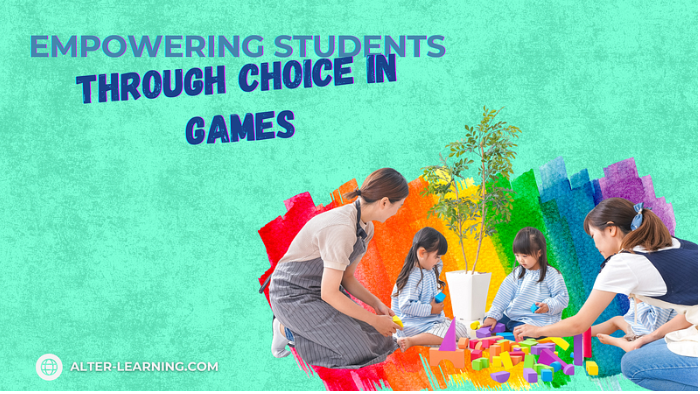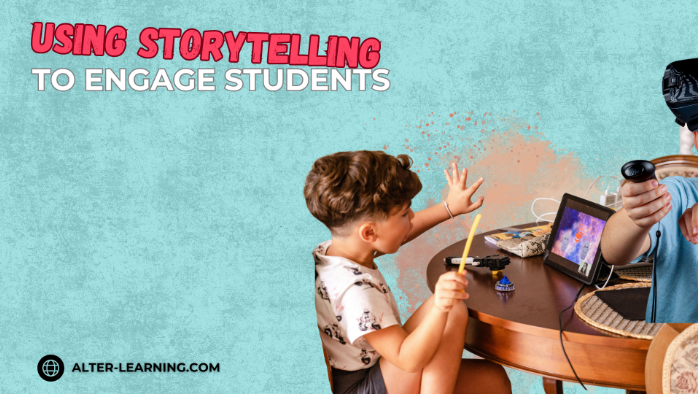In the earliest years of life, play isn’t just a pastime—it can be a powerful tool for learning, growth, and connection. From pretend tea parties to sandbox science experiments, children explore, create, and test ideas through playful discovery. In fact, for young learners, play may serve as the most effective and developmentally appropriate way to understand the world around them.
Despite increasing pressure to introduce structured academics earlier in life, research continues to emphasize that foundational cognitive, social, and emotional development often happens best through play. When children engage in guided, creative, or open-ended play—whether physically or digitally—they begin to build the very skills that underpin lifelong learning.
How Play Supports Whole-Child Development
Play can impact virtually every domain of a child’s development. Far from being “just fun,” it can help foster deep learning and flexible thinking.
Through play, children can:
- Strengthen fine and gross motor skills through movement and manipulation,
- Develop language and communication by interacting with peers or caregivers,
- Build problem-solving and reasoning through imaginative or goal-driven scenarios,
- Practice emotional regulation, empathy, and perspective-taking through role-play,
- Boost creativity and confidence by exploring without fear of failure.
Whether building blocks, acting out stories, or navigating simple digital puzzles, young children learn to try, adjust, and grow—often without even realizing it.
The Role of Technology in Early Play
While physical play will always be essential, today’s classrooms and homes also increasingly include digital platforms designed to engage early learners. When thoughtfully implemented, these tools can expand the possibilities of play—offering interactive experiences that stimulate curiosity, reinforce key skills, and offer new forms of engagement.
Features found in many Alter-Learning games and environments may support early childhood development by:
- Introducing foundational STEAM concepts through interactive puzzles, animations, and cause-and-effect challenges,
- Fostering creativity through music creation tools, storytelling prompts, or digital art exploration,
- Providing sensory-friendly design with soft visuals, calm feedback, and clear instructions,
- Encouraging social connection, especially through multiplayer or co-play features where children collaborate with peers or family members,
- Reinforcing self-regulation and emotional learning via embedded SEL features, such as emotion recognition games or confidence-building activities.
Tools like the Wellness Center, for example, can introduce emotional vocabulary and self-care habits in ways that feel playful, intuitive, and inviting for children as young as five.
Balancing Structure and Free Play
Educators and families often ask: How much structure is too much? The answer lies in balance. Children benefit from a combination of guided experiences—like a math puzzle game with clear objectives—and open-ended play, such as sandbox environments where they experiment freely.
Here’s how to create that balance in early learning environments:
- Offer hands-on opportunities alongside interactive digital tools,
- Let children repeat and experiment without rushing to correction,
- Use games and activities that adapt to each learner’s pace,
- Encourage co-play with peers or caregivers to foster social learning,
- Blend structured learning goals with playful, curiosity-driven exploration.
This mix of guided and exploratory play may help young learners develop the flexibility and resilience they’ll need for more formal education down the line.
Play and Readiness for Future Learning
The transition from early childhood into primary school can be challenging—but children who have had rich opportunities to learn through play may be better prepared to meet academic expectations with confidence and curiosity.
Play can help children:
- Feel comfortable in learning environments,
- Approach challenges with a sense of agency,
- Engage with content across multiple modalities—visual, tactile, verbal, and spatial,
- Build a foundation in STEAM-related thinking through pattern recognition, cause and effect, and problem-solving.
Interactive educational tools—like those from Alter-Learning—can reinforce this readiness by introducing students to digital environments and concepts in a supportive, age-appropriate way.
Play as a Foundation for Lifelong Learning
In early childhood, the line between learning and play is beautifully blurry—and that’s something worth preserving. When educators and families embrace play as an essential part of development, they don’t just make learning fun—they make it meaningful.
Platforms like Alter-Learning, with their creative, exploratory, and emotionally supportive environments, can offer additional pathways for play-based learning. Whether through science games for kids, digital art creation tools, or guided SEL experiences, children can be inspired to engage, reflect, and grow.
Because when learning feels like play, children are more likely to stay curious—and curiosity is the first step toward a lifelong love of learning.
Follow Alter-Learning for more insights into immersive education, edtech success stories, and the future of learning. Want to explore how VR/AR could transform your school or learning platform? Let’s connect.




